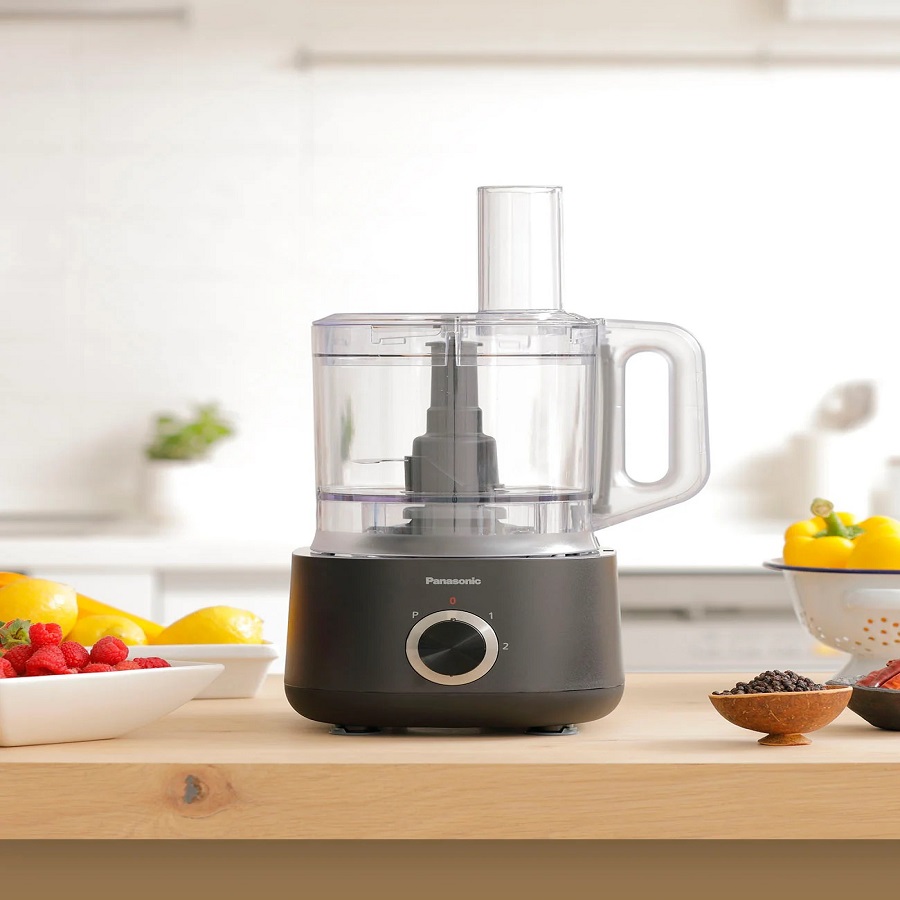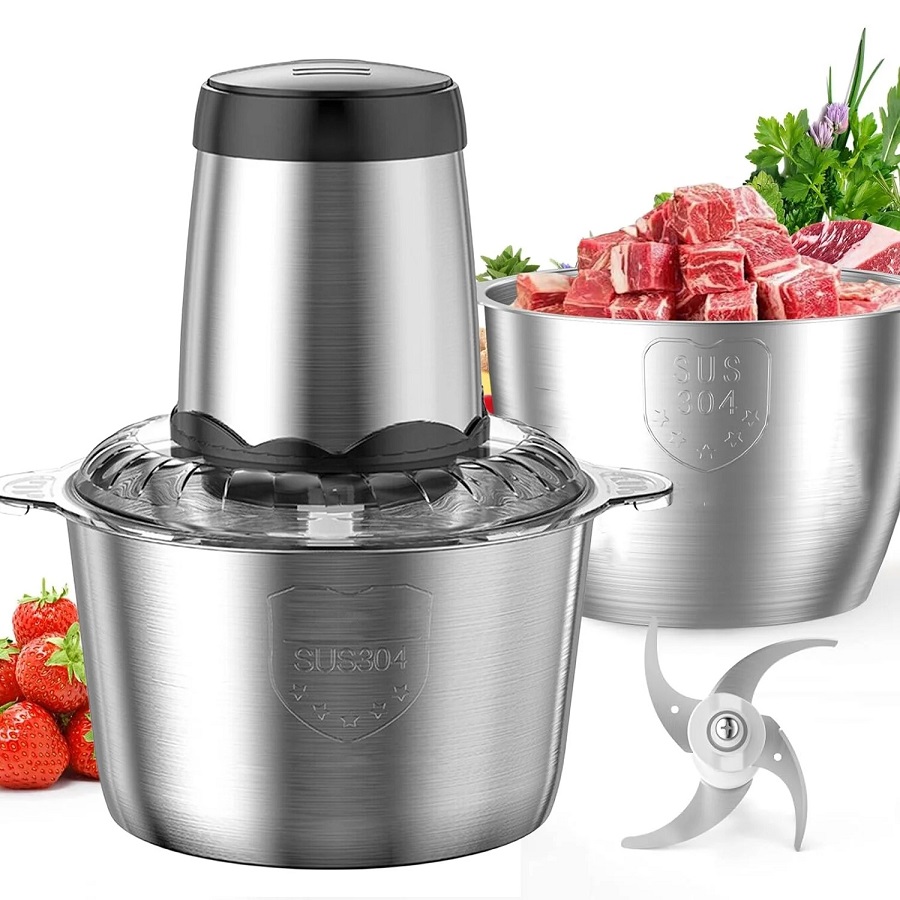
Whip Up Homemade Nut Butters
What can i do with a food processor? One of the most delicious and straightforward tasks you can accomplish with a food processor is creating homemade nut butters. No need for preservatives or additives that store-bought versions might contain. All you need are your favorite nuts, such as almonds, cashews, or peanuts. Roast them lightly to enhance the flavor, then toss them into your food processor. A pinch of salt can be added to taste, or perhaps a drizzle of honey for a touch of sweetness. The key is to process until you reach a creamy, spreadable consistency, which might take several minutes.
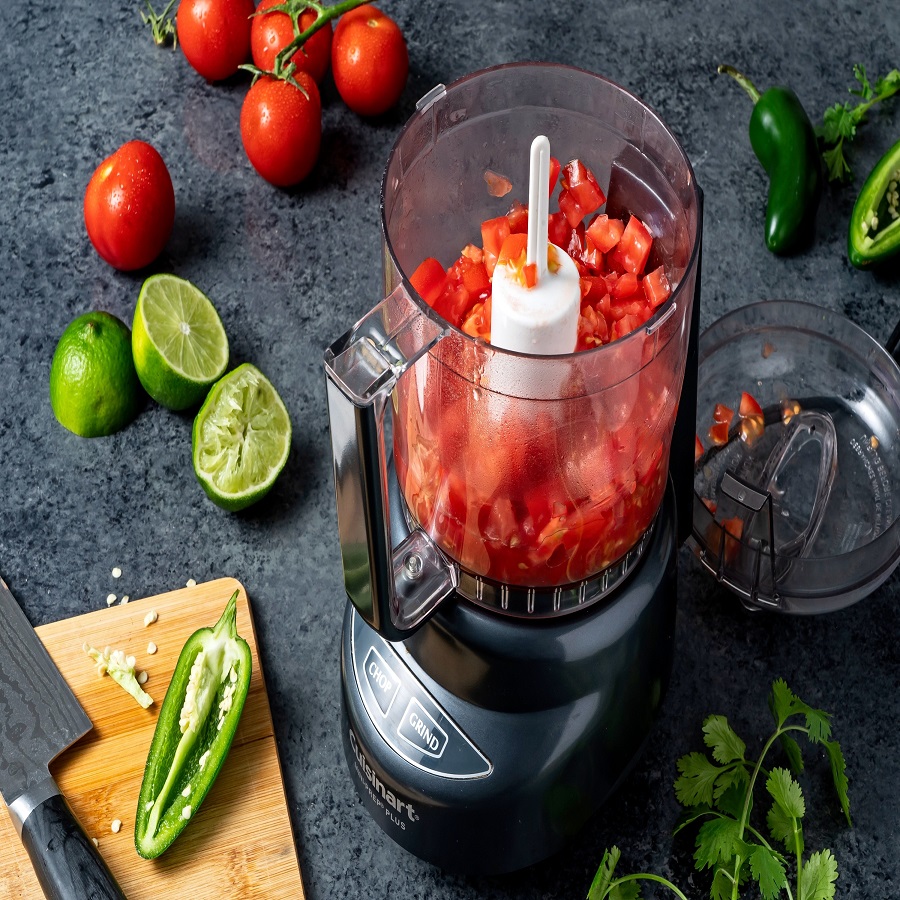
Create Fresh Salsas and Pestos
Transform basic ingredients into vibrant salsas or rich pestos with your food processor. Start with fresh tomatoes, onions, and peppers for a classic salsa. Add herbs like cilantro for a punch of flavor. For pesto, blend fresh basil leaves, pine nuts, parmesan cheese, garlic, and olive oil. Both salsas and pestos can spice up meals in seconds.
Begin by chopping the main ingredients coarsely. Then, pulse them in the food processor until you reach the desired texture. Salsas can be chunky or smooth, based on your preference. For pestos, aim for a homogeneous blend without turning it into a paste. Adjust the seasonings as you taste. These fresh condiments offer a burst of flavor and can be used in various dishes.
Serve the salsa with chips or as a topping for grilled meats. Swirl pesto into pastas or spread it on sandwiches. The vibrant colors and fresh tastes show what you can do with a food processor. Plus, these homemade versions often outshine store-bought options in both taste and health benefits.
Make Dough for Breads and Pastries
Your food processor isn’t just for wet ingredients. It’s ideal for making dough too. Use it for bread, pizza bases, or even pastries. The process is quick and hands-off. Start by adding your dry ingredients like flour and baking powder. Next, include cold butter or another fat. Pulse until the mixture looks like breadcrumbs. Now, pour in cold water or another liquid. Keep it minimal, just enough to form a dough. Pulse until it just comes together.
For bread, knead the dough a bit after processing. This helps develop gluten, which gives bread its chew. For pastries, handle the dough as little as possible after it’s made. It keeps the pastry flaky and light. Wrap the dough in plastic wrap and chill before rolling out. This step is crucial for textures.
Making dough in a food processor saves time and effort. It also keeps the kitchen cooler. This is because you’re not handling the dough too much. It’s also more hygienic as there’s less direct contact with ingredients.
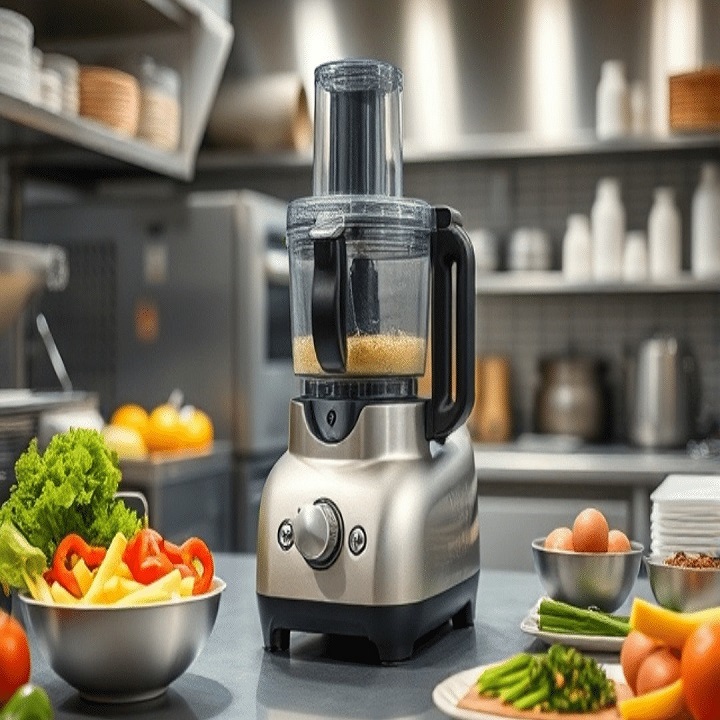
Prepare Healthy Veggie Dips or Hummus
A food processor can make healthy snacks like veggie dips or hummus with ease. Start with chickpeas or beans for classic hummus. Add tahini, garlic, lemon juice, and olive oil. Blend until smooth. For veggie dips, use yogurt or sour cream as a base. Add herbs and veggies like spinach or artichokes. Blend until creamy.
Season these dips to your liking. You can add spices such as cumin, paprika, or dill. Make sure to taste as you go. Customize the flavors to suit your palate. Remember, the freshness of your ingredients will shine in the final product. Serve these healthy dips with crackers, bread, or fresh vegetables.
Using a food processor helps achieve the perfect texture. It mixes ingredients evenly and finely. It’s also quicker than hand mixing. Plus, making dips at home means you control what goes in them. You can avoid additives and excess salt found in store-bought versions.
Craft Your Own Ground Meats or Meat Alternatives
Crafting your own ground meats is easy with a food processor. Choose beef, chicken, pork, or even turkey. Cut the meat into chunks. Freeze them slightly to make grinding easier. Pulse in batches until you achieve the right consistency. Freshly ground meat is perfect for burgers, meatballs, and more. It’s fresher than store-bought and you control the fat content.
For meat alternatives, try chickpeas, lentils, or black beans. Add mushrooms for a meaty texture. Season with your favorite spices. Pulse until coarsely ground. Use in vegetarian dishes like tacos or veggie burgers. Enjoy meals knowing exactly what’s inside. Plus, you reduce packaging waste from pre-ground options.
Both meats and alternatives benefit from a food processor. It gives a consistent texture. You save time versus grinding manually. Remember not to overfill the processor. Process in batches for better results. Always start with chilled ingredients. This helps maintain quality and safety.
Blend Smooth, Creamy Soups
A food processor is a magnificent tool for making smooth, creamy soups. Here’s how to do it:
- Choose Your Ingredients: Pick fresh vegetables like tomatoes, squash, or carrots. Add herbs for flavor.
- Cook First: Boil or roast your vegetables until they’re soft. This step is crucial.
- Blend: Transfer the cooked veggies to your food processor. Puree until smooth.
- Season: Add salt, pepper, and seasonings to taste. Process briefly to mix.
- Final Touches: Pour the blended mixture back into a pot. Heat it up. Adjust thickness.
- Serve Warm: Enjoy your homemade soup with a sprinkle of fresh herbs on top.
Using a food processor means less time blending. It ensures even, velvety textures that are hard to achieve by hand. You can make big batches of soup. Then, freeze some for quick, healthy meals later. Remember, the quality of soup relies on the freshness of your ingredients. Also, avoid filling the processor too high. It prevents spills and ensures a smooth blend. This technique shows what you can do with a food processor, turning raw ingredients into a comforting meal.
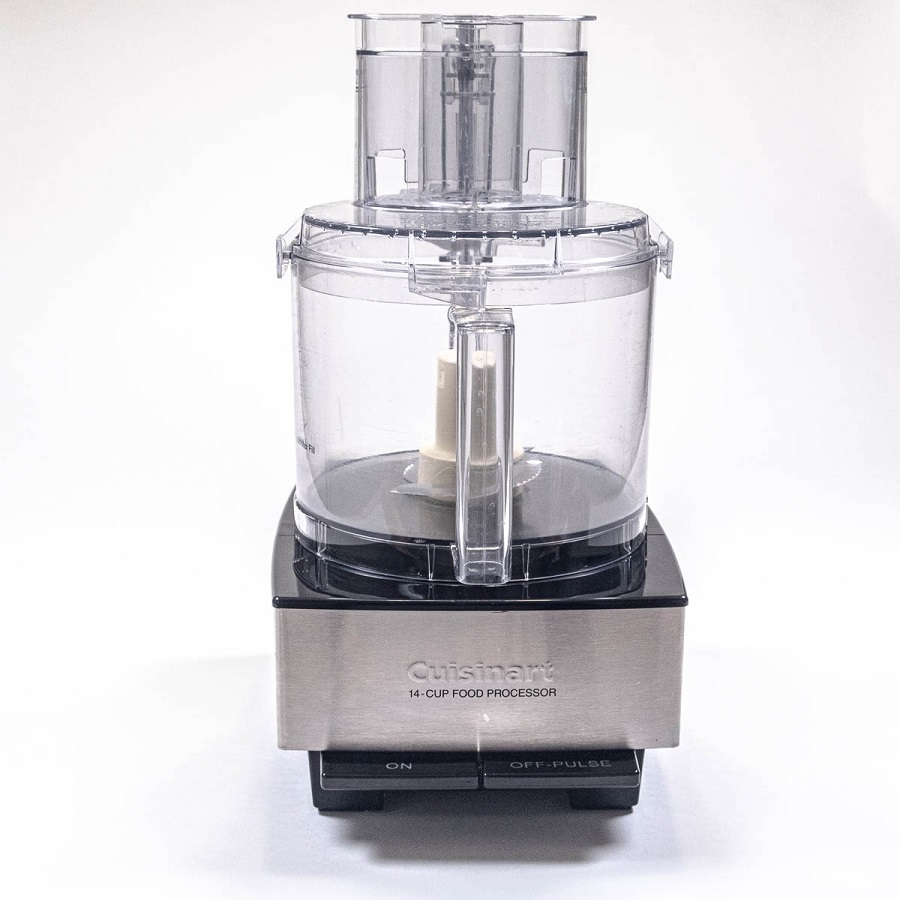
Experiment with DIY Salad Dressings
Get ready to unlock your food processor’s potential for homemade salad dressings. These creations are fresh, flavor-packed, and free of additives found in store varieties. Here’s a simple guide to follow:
- Choose Your Base: Start with a good quality oil, like olive or avocado oil.
- Add Acid: Incorporate vinegar or citrus juice for a zesty kick.
- Mix in Flavorings: Toss in garlic, mustard, or honey to taste.
- Blend: Secure the lid and blend until your mix is emulsified and smooth.
- Season: Salt and pepper are staples, but feel free to experiment with herbs and spices.
- Taste and Adjust: Give it a sample and tweak to perfection.
By making your own dressings, you control the ingredients and can cater to dietary preferences. Try classics like Caesar or balsamic vinaigrette, or get creative with unique herbs, seeds, or fruit purees. See what you can do with a food processor to elevate your salads from simple to spectacular.
Fashion Custom Spice Blends and Powders
Beyond liquids and solids, your food processor is a champ for dry mixes too. For aromatic and fresh spice blends, gather whole spices. Think cumin seeds, coriander, peppercorns or dried herbs. Process them until finely ground. This way, spices release their oils, offering a burst of flavor.
Here’s how to craft your spice blends:
- Choose Your Spices: Pick ones that complement each other or go for a single spice.
- Toast Them: This optional step can enhance flavors. Just heat them lightly in a pan.
- Grind: Put your spices in the processor. Pulse to avoid overheating the spices.
- Store: Keep the powder in airtight containers. Label them with the date for freshness.
Your food processor can also make flour from grains or nuts. Add rice, oats, or almonds. Pulse until you reach a powdery consistency. Home-milled flour is great for gluten-free recipes or to add a new twist.
See what you can do with a food processor? It’s not just good for wet mixes. It can replace a mortar and pestle, saving you effort and time. Plus, your blends will taste fresher than store-bought ones.
